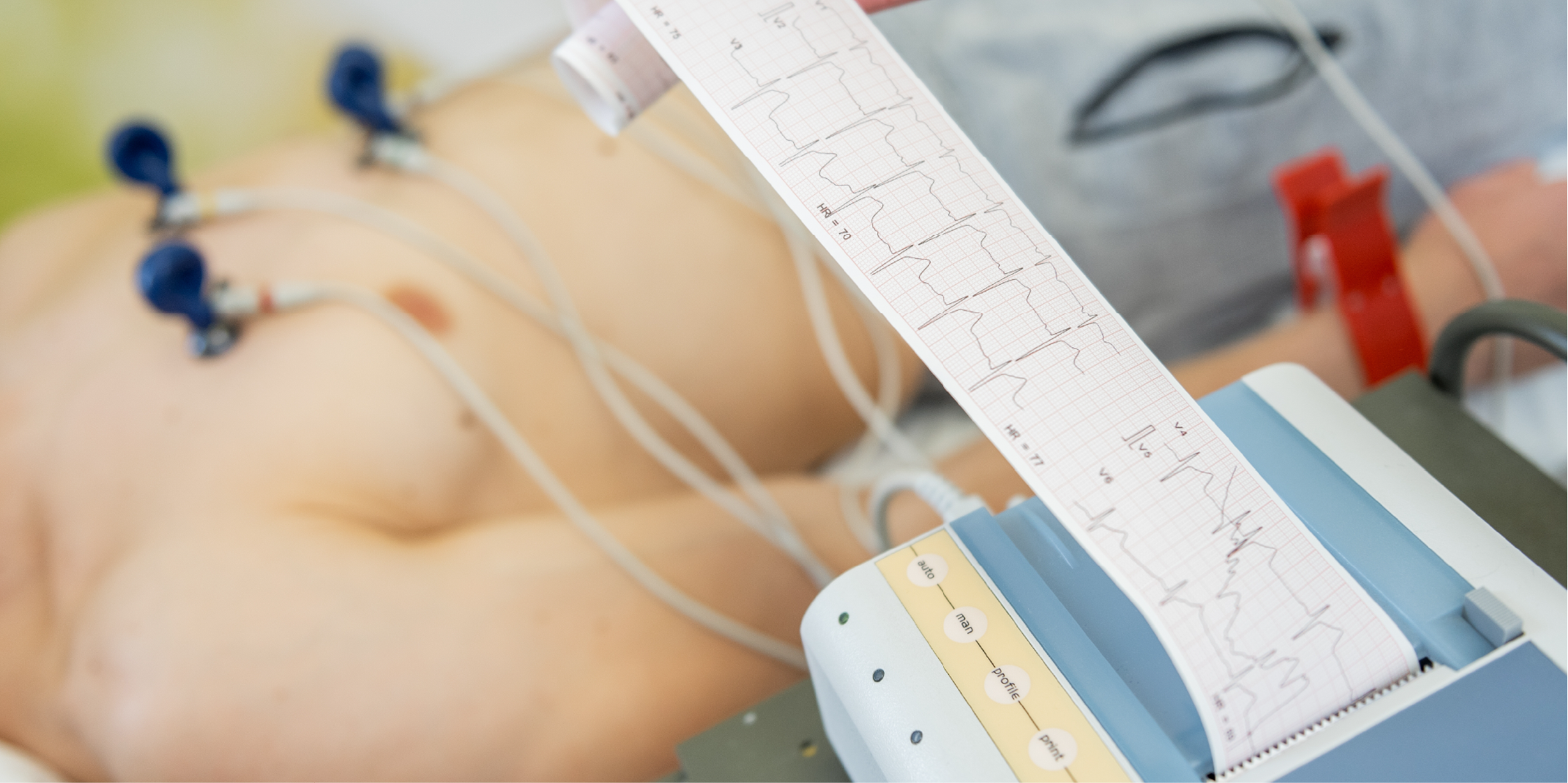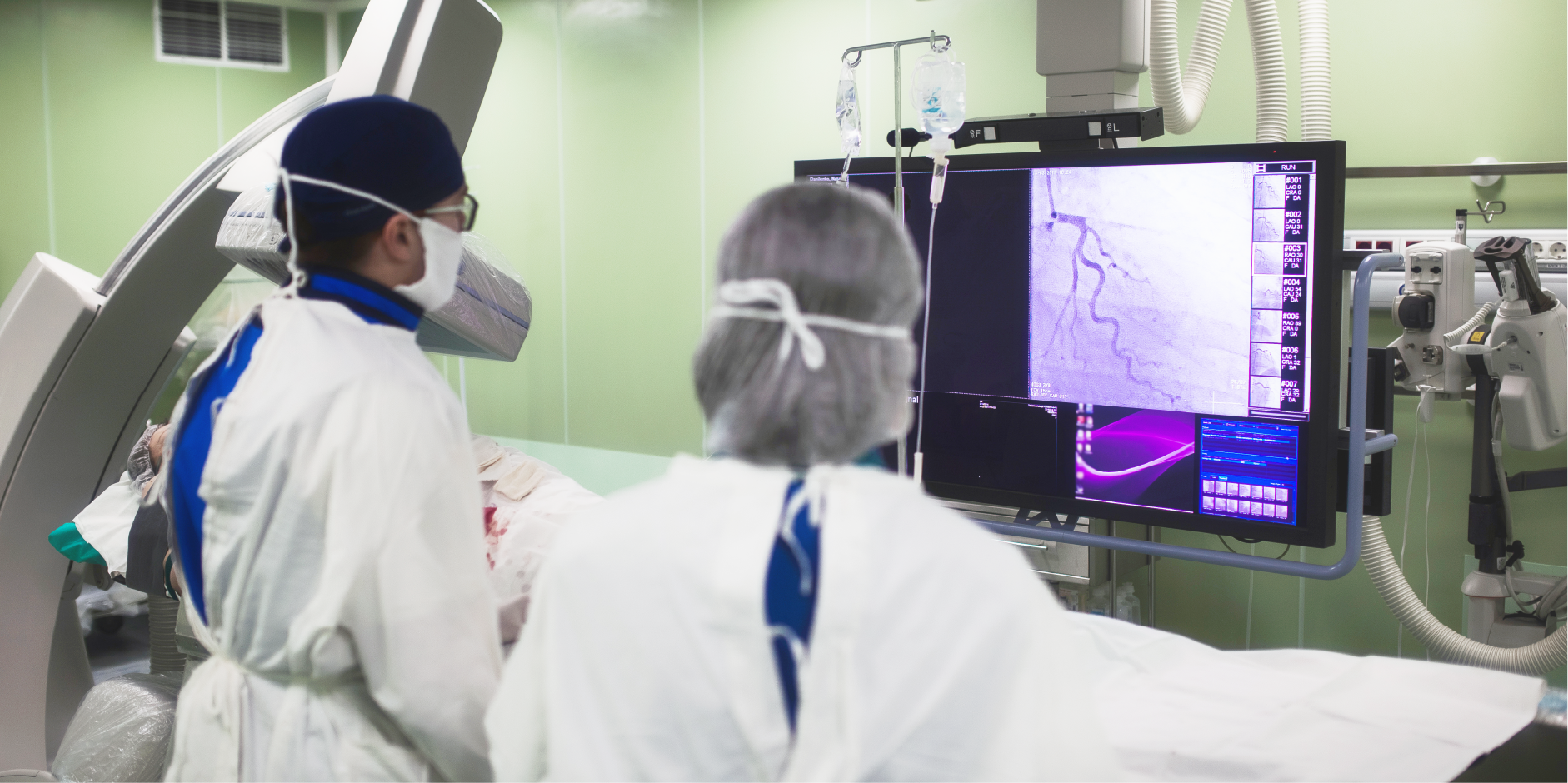Content on this page:
Content on this page:
Laboratory Tests and Ancillaries
Tests to Consider in
All Patients with Suspected Heart Failure
Complete blood count
(CBC), serum electrolytes, blood urea nitrogen (BUN), creatinine/estimated
glomerular filtration rate (eGFR), glucose, troponin, uric acid, calcium,
magnesium, albumin, lipid profile, liver enzymes, bilirubin, serum ferritin and
iron, transferrin saturation (TSAT), total iron-binding capacity (TIBC),
cardiac enzymes, thyroid function tests, international normalized ratio (INR),
C-reactive protein (CRP), and urinalysis are the tests to consider in all
patients with suspected heart failure. These are done to detect
reversible/treatable causes of heart failure and the presence of other
comorbidities. One may also consider a pulse oximetry and arterial blood gas
analysis in case of respiratory distress, lactate in case of hypoperfusion, and
D-dimer and procalcitonin in case of suspected pulmonary embolism and pneumonia,
respectively.
 Heart Failure - Acute_Diagnostics 1
Heart Failure - Acute_Diagnostics 1Plasma natriuretic peptide (eg B-type natriuretic peptide [BNP], N-terminal pro-BNP [NT-proBNP], mid-regional pro atrial natriuretic peptide [MR-proANP]) may also be done. Acute heart failure is associated with an increased plasma levels of natriuretic peptides (BNP ≥100 pg/mL, NT-proBNP ≥300 pg/mL, MR-proANP ≥120 pg/mL). This is recommended upon presentation in patients with dyspnea who are suspected to have heart failure, especially when the diagnosis is uncertain, and also to exclude other causes of dyspnea. This may be utilized to establish a prognosis of heart failure on admission and predischarge. This may also be used to screen individuals at risk of developing heart failure.
Measure the cardiac biomarkers (eg cardiac troponin T [cTnT], highly sensitive troponin T [hs-TnT], creatine kinase-muscle/brain band [CKMB]) in patients who present with acute decompensated heart failure. An endomyocardial biopsy may be used in patients with rapidly progressive clinical heart failure or ventricular dysfunction despite appropriate medical treatment and those who are suspected of having myocarditis or infiltrative diseases.
Imaging
Tests to Consider in
All Patients with Suspected Heart Failure
Electrocardiogram
(ECG)
 Heart Failure - Acute_Diagnostics 2
Heart Failure - Acute_Diagnostics 2Electrocardiography is used to assess cardiac rate and rhythm, conduction, electrical dyssynchrony, chamber enlargement, and QTc interval and to detect the presence of myocardial infarction (MI) or ischemia. This has a high negative predictive value. This is performed immediately in patients with suspected cardiogenic shock.
Chest Radiography (Chest X-ray)
Chest X-rays are done to rule out other non-cardiac causes of dyspnea and to evaluate the heart size, presence of congestion, pulmonary or other diseases, and proper placement of implanted cardiac devices. Specific findings for acute heart failure include cardiomegaly, pulmonary venous congestion, pleural effusion, and interstitial or alveolar edema.
Echocardiography
Electrocardiography is done to determine cardiac structure and function. This is the method of choice in patients with suspected heart failure because of its accuracy, availability, safety and cost. This is performed immediately in patients with suspected cardiogenic shock. Consider doing an echocardiography within 48 hours of admission for early management guidance if the patient is hemodynamically unstable and after stabilization, particularly with de novo disease. This may be performed if natriuretic peptide levels are elevated to rule out cardiac abnormalities. The specific findings for acute heart failure include global left ventricular systolic dysfunction, left ventricular diastolic dysfunction, and inferior vena cava congestion.
Coronary Angiography
 Heart Failure - Acute_Diagnostics 3
Heart Failure - Acute_Diagnostics 3Coronary angiography is done to evaluate the coronary anatomy (ie establishes the presence and extent of coronary artery disease [CAD]). This is recommended in patients with angina pectoris and patients with cardiogenic shock who are suitable for coronary revascularization. A multidetector computed tomography (MDCT) study may be used as an alternative to invasive coronary angiography in select patients to rule out significant coronary artery disease.
Cardiac Catheterization
Cardiac catheterization is done to evaluate patients for heart transplantation or mechanical circulatory support and to assess right and left heart function and pulmonary arterial resistance.
Cardiac Magnetic Resonance (CMR) Imaging
Cardiac magnetic resonance imaging is done to evaluate cardiac structure and function. This is done to characterize cardiac tissue, especially in patients with inadequate echocardiographic images or inconclusive echocardiographic findings in poorly understood conditions such as innocuous myocarditis.
Myocardial Perfusion/Ischemia Imaging (eg Echocardiography, Cardiac Magnetic Resonance (CMR) Imaging, Single Photon Emission Computed Tomography [SPECT] or Positron Emission Tomography [PET])
Myocardial perfusion/ischemia imaging is done to assess the presence of reversible myocardial ischemia and viable myocardium. This should be considered in patients who are suspected to have coronary artery disease and who are suitable for coronary revascularization.
Exercise Testing
Exercise testing is used to detect the presence of reversible ischemia. This allows objective evaluation of exertional symptoms and exercise capacity to aid in prescribing an exercise training program. This aids in the evaluation of patients for heart transplantation and mechanical circulatory support and to obtain prognostic information. Caution must be observed in patients with acute heart failure, and exercise testing is done when patients are more stable.
